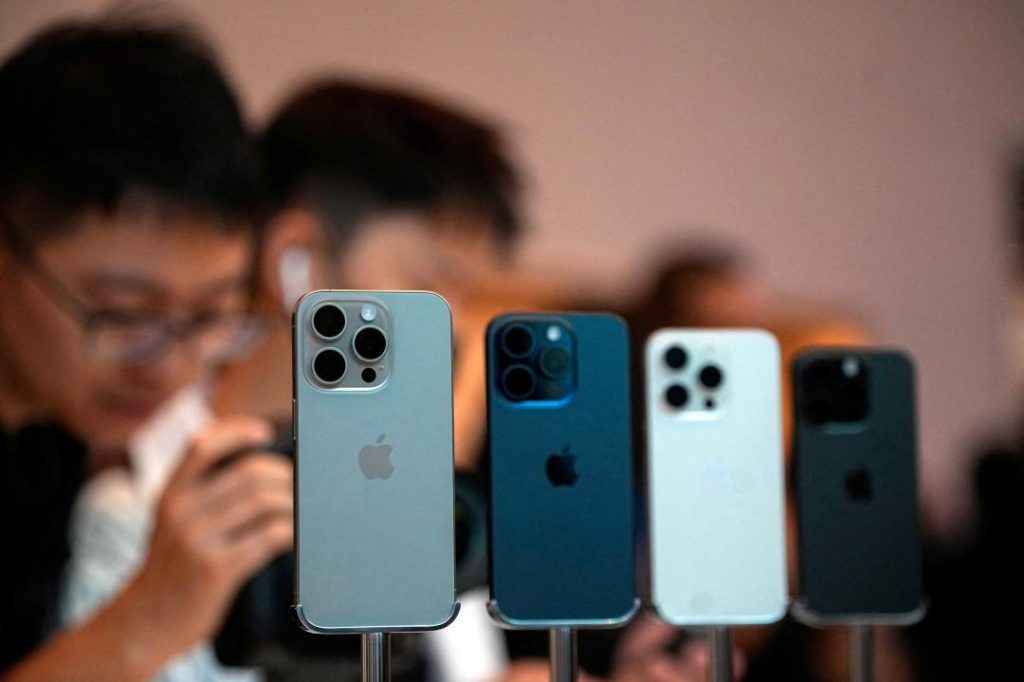
How Much Does it Cost to Make an iPhone? And How May it Change Due to US Tariffs?
When it comes to the world of smartphones, one brand dominates the market – Apple. The iPhone is a symbol of innovation, design, and technology. But have you ever wondered how much it costs Apple to make one of these sleek devices? The answer might surprise you. In this blog post, we’ll explore the cost of making an iPhone and how the recent US tariffs may impact its manufacturing cost.
According to a recent report by Moneycontrol, Apple spends around $580 (over ₹50,000) to make a 256GB iPhone 16 Pro. This includes a range of components, such as the A18 Pro chip, rear camera systems, display, and more. The breakdown of the cost is as follows:
- A18 Pro chip: $90.85
- Rear camera systems: $126.95
- Display: $37.97
- Other components: $325.23
As you can see, the A18 Pro chip is the most expensive component, accounting for about 16% of the total cost. The display comes in second, making up about 6.5% of the total cost.
But what happens when the US imposes tariffs on imported goods, including components used to make iPhones? In September 2019, the US government implemented a 10% tariff on $200 billion worth of Chinese goods, including electronics. More recently, the US increased the tariff rate to 54% on $120 billion worth of Chinese goods, including iPhone components.
Given that many iPhones are assembled in China, the 54% tariff would apply to the entire manufacturing cost of the iPhone. This would raise the manufacturing cost to around $847 (around ₹73,400). This is a significant increase, equivalent to about 46% of the original cost.
So, what does this mean for Apple and its customers? For Apple, the increased cost would likely lead to higher revenue and profits. The company could choose to absorb some or all of the increased cost, or pass it on to customers in the form of higher prices.
For customers, the increased cost could mean higher prices for iPhones. This could be a significant blow to those who are already paying a premium for Apple’s devices. In fact, the increased cost could make iPhones even more expensive than they are today.
But will Apple really increase the price of its iPhones? It’s hard to say. The company has a reputation for maintaining a premium brand image, but it also wants to keep its products competitive in the market. If the company chooses to absorb the increased cost, it could maintain its pricing strategy and still make a profit.
In conclusion, the cost of making an iPhone is a complex and multifaceted issue. While Apple spends around $580 to make a 256GB iPhone 16 Pro, the US tariffs on imported components could increase the manufacturing cost to around $847. The impact of this increase will depend on Apple’s pricing strategy and its ability to absorb the increased cost.
As the global economy continues to evolve, it’s likely that we’ll see more tariffs and trade tensions in the future. For Apple and its customers, it’s essential to stay ahead of the curve and adapt to these changes.



